Felix Bernard’s ‘Winter Wonderland’ truly comes to life in Harbin, capital of China’s Heilongjiang Province.
Founded in 1898, the city has evolved from a small rural settlement on the Songhua River to one of the largest cities in Northeast China.
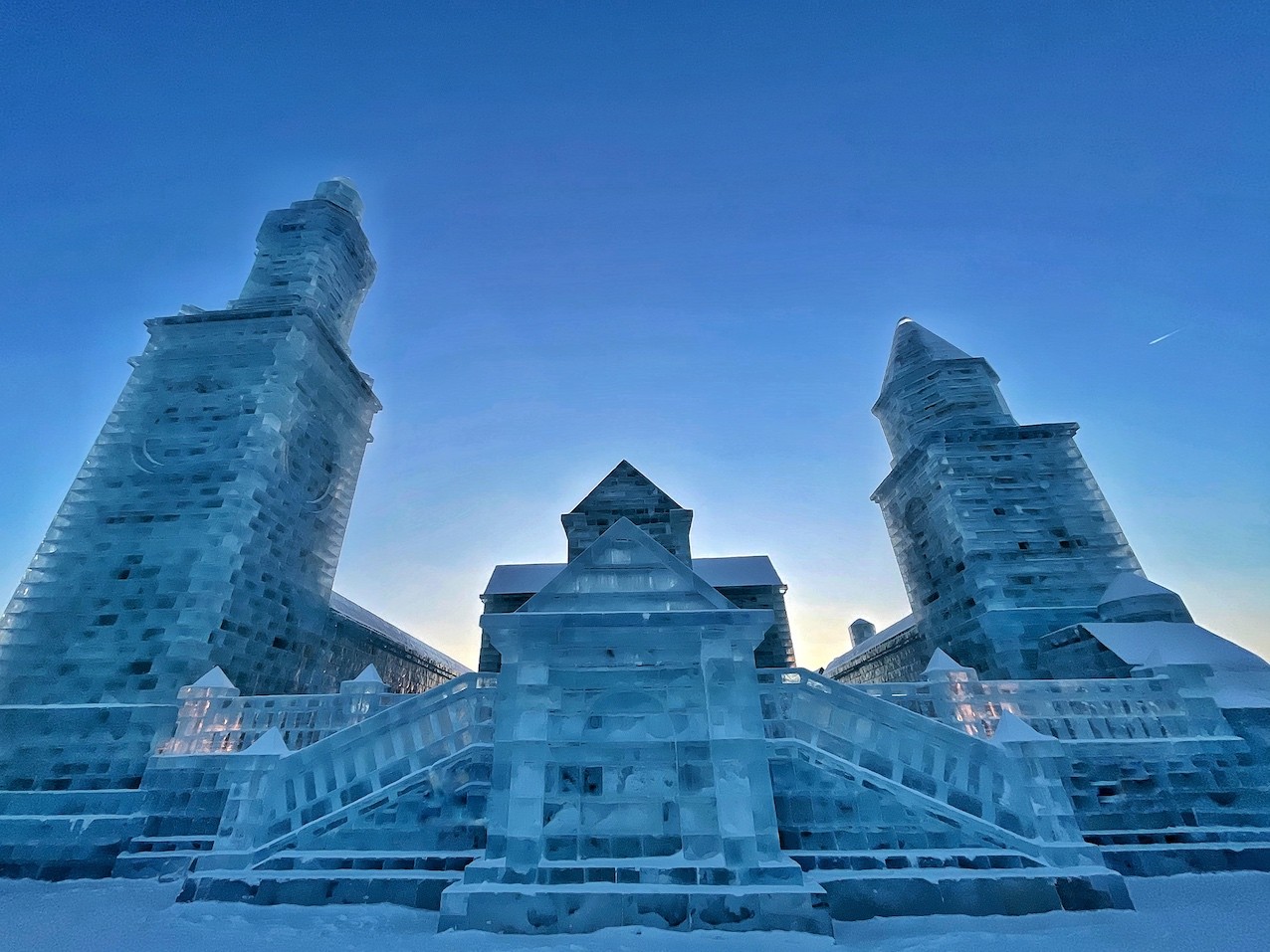
Image by Sophie Steiner/That's

Image by Sophie Steiner/That's

Image by Sophie Steiner/That's
Harbin is blessed with dry, freezing-cold winters, making it an ideal destination at this time of year, largely thanks to the city’s annual ice festival: a two-month-long extravaganza featuring giant lit-up ice sculptures.
Now in its 40th edition, the 2024 Harbin International Ice and Snow Sculpture Festival kicked off on December 20 (with the official opening ceremony taking place on January 5), and runs through the end of February.
Note that during the Chinese New Year (February 9-15) visitors can expect the festival to be more crowded and hotel prices to be higher, so it's advised to visit outside of these dates, if possible.

Image by Sophie Steiner/That's
One of the four largest ice festivals in the world, Harbin’s iteration is a must-see for the sheer spectacle alone, but there’s plenty more to the ‘Ice City’ than just ice.
When in town for a visit, you can explore the Russian-influenced architecture while sipping locally brewed Harbin beer.

Image by Sophie Steiner/That's
Spend an evening listening to China’s oldest symphony and then fill up on Dongbei cuisine with a side of Russian flare.
Stroll along Zhongyang Pedestrian Street; visit a bookstore full of Old World charm; swing through cultural and history museums; check out a Russian style theme park; go snowmobiling in a frozen tundra; and round it all out with ice skating and tobogganing along the Songhua River.

Image by Sophie Steiner/That's

Image by Sophie Steiner/That's
Situated near the border of Russia, the strong Eastern European and Jewish influences are evident from the streets – which wind in typical meandering European fashion – to the table, where local Harbin-style smoked savory red sausage is more akin to milder German styles rather than Chinese.

Image by Sophie Steiner/That's
Aesthetically, the city boasts formidable historic architecture, ranging from temples, churches (including the famous Russian Orthodox Church of St. Sophia) and synagogues. These mark Harbin’s Daoli District, a popular tourist spot.
Meanwhile, those looking for quieter and authentic Chinese culture can visit ‘Old Harbin’ in Daowai District.
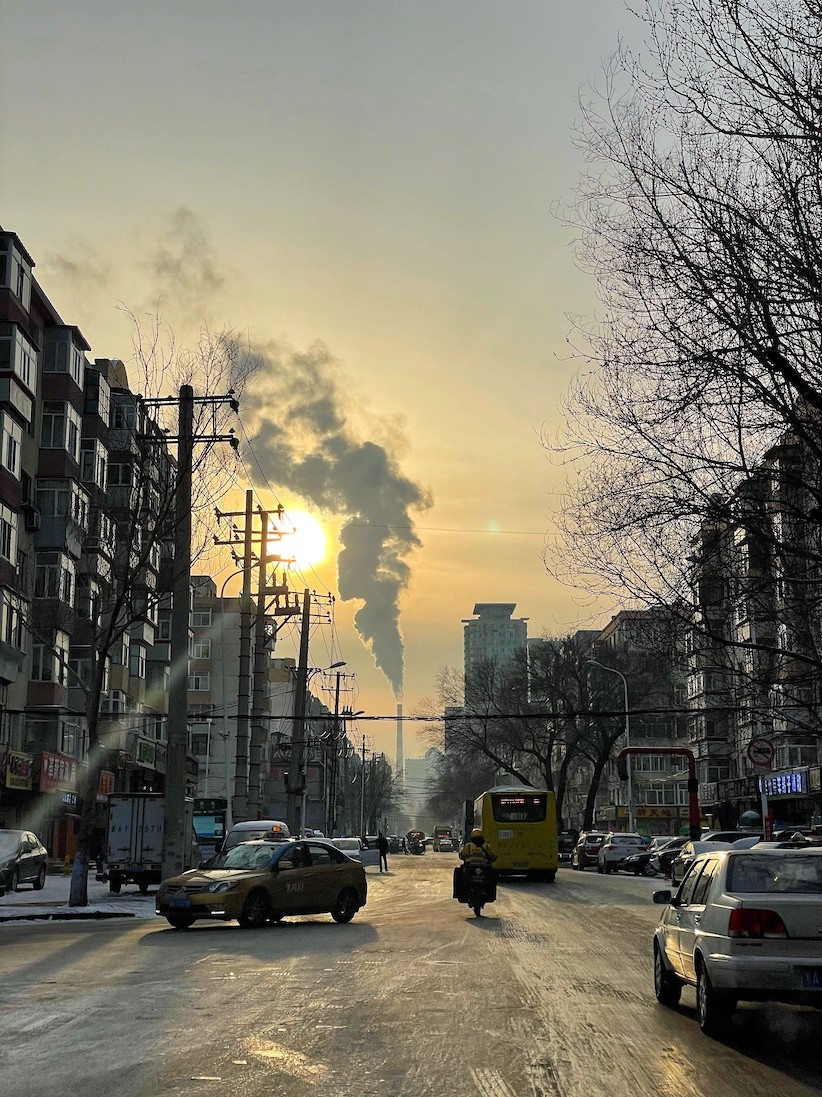
Image by Sophie Steiner/That's
Yet, there’s something undeniably modern about Harbin. Take a look at the sculptural Harbin Opera House and Grand Theater.
Better yet – or at least higher – hop on Harbin’s Ferris wheel for views of the whole city (just remember to bring your coat and an extra pair of gloves).

Image by Sophie Steiner/That's
Harbin International Ice & Snow Sculpture Festival
哈尔滨国际雪雕节
The glittering ice-jewel in Harbin’s metaphorical ice-crown, Harbin’s annual two-month-long Ice and Snow Sculpture Festival is not to be missed.
Attracting millions of visitors every year, both local and international, the festival comprises jaw-dropping ice sculpture exhibits that are astounding in both size and artistry.
Taking place across multiple venues, the festival has a different theme every year, with both snow and ice sculpture architecture adhering to same theme.
The festival itself is the largest of its kind globally, boasting the world’s biggest ice sculptures. Marvel at life-sized buildings and dreamy castles, while enjoying the snow-sports on offer, like sledding and ice-skating.

Image by Sophie Steiner/That's
Be sure to visit at night – when you can view the structures lit up by thousands of colorful LED lights fitted inside each sculpture.
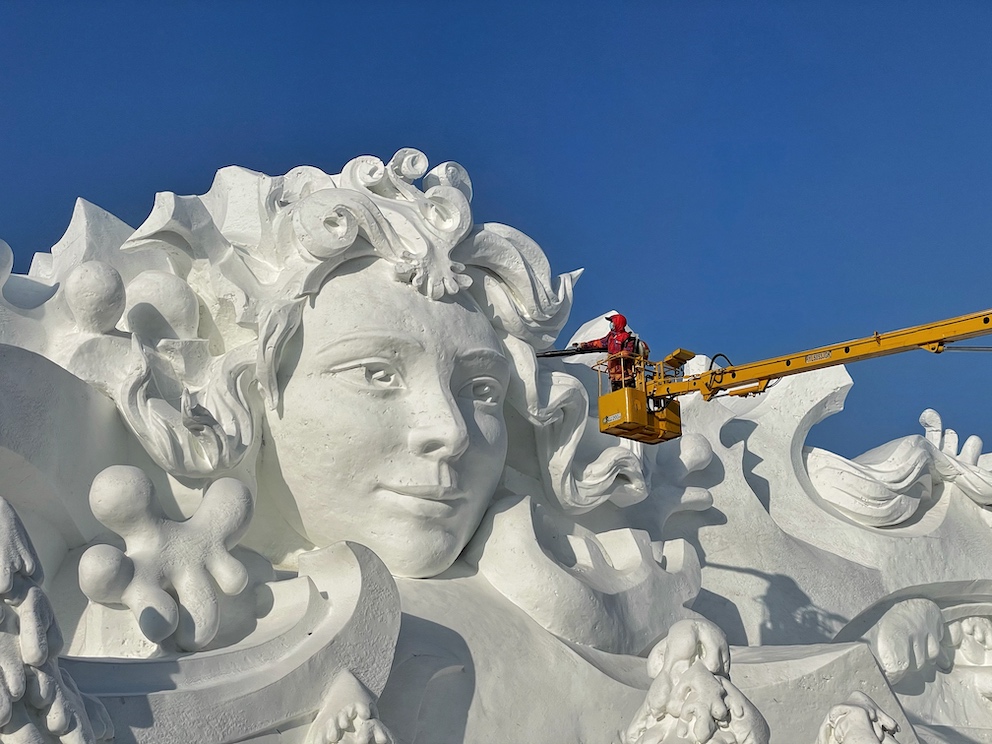
Image by Sophie Steiner/That's
Established in 1985, the festival’s exhibits are crafted by ice sculpture experts from all around the world. As such, the festival is not only a masterful work of artistry, but also an opportunity for cultural exchange.
The three major venues that make up the Ice and Snow Sculpture Festival are Sun Island, Ice and Snow World, and Zhaolin Park.

Image by Sophie Steiner/That's

Image by Sophie Steiner/That's
Sun Island houses the Snow Sculpture Exposition and the world’s largest indoor ice and snow art museum.
While the other two locations can be visited at night, Sun Island is a daytime spot. Entrance in 2024 is RMB330 per person.

Image by Sophie Steiner/That's
Ice and Snow World was built in 1999 and is a massive ice architecture park. Its design each year is inspired by different world-famous architecture – such as the pyramids of Egypt – as well as traditional Chinese tales. Entrance in 2024 is RMB330 per person.
Ice and Snow World is the most impressive attraction and looks quite different by day – sparkling in the sunshine – and by night – lit up in a rainbow of colors to the musical backdrop of an interactive light show.
We suggest visiting during both times.
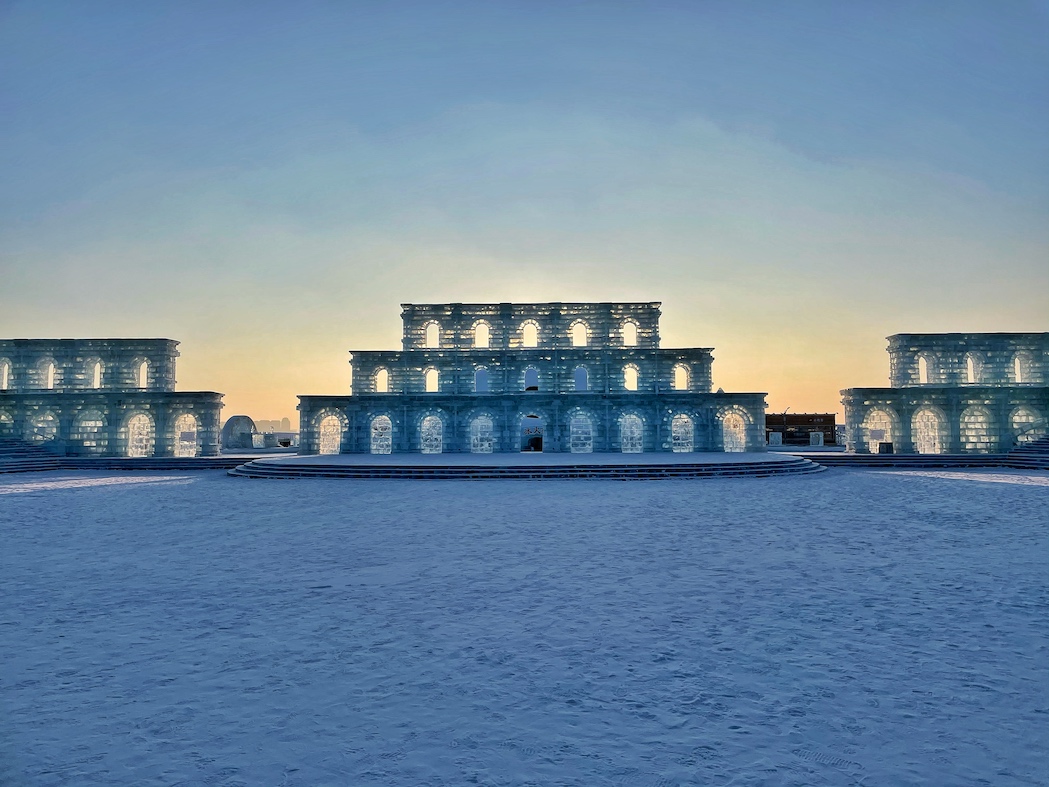
Image by Sophie Steiner/That's
Last but not least, Zhaolin Park is a must-visit for its beautiful ice lanterns, which are made by carving and decorating piled-up snow.
A multitude of objects are carved from the ice, like European-style churches, gardens, fantastical creatures and waterfalls.
The sculptures here are relatively smaller, which is why entrance is free. This part of Harbin is also best viewed at night.

Image by Sophie Steiner/That's
Since the festival takes place each year from the end of December through February, the weather is cold – scratch that, freezing; temperatures range between -10 and -25 degrees Celsius – so it pays to bundle up.
Thermals, a warm coat and wind jacket, thick boots, gloves, scarves, earflaps and a wooly hat are all par for the course.
We also highly suggest bringing hand and foot warmers, which can be ordered ahead on Taobao.
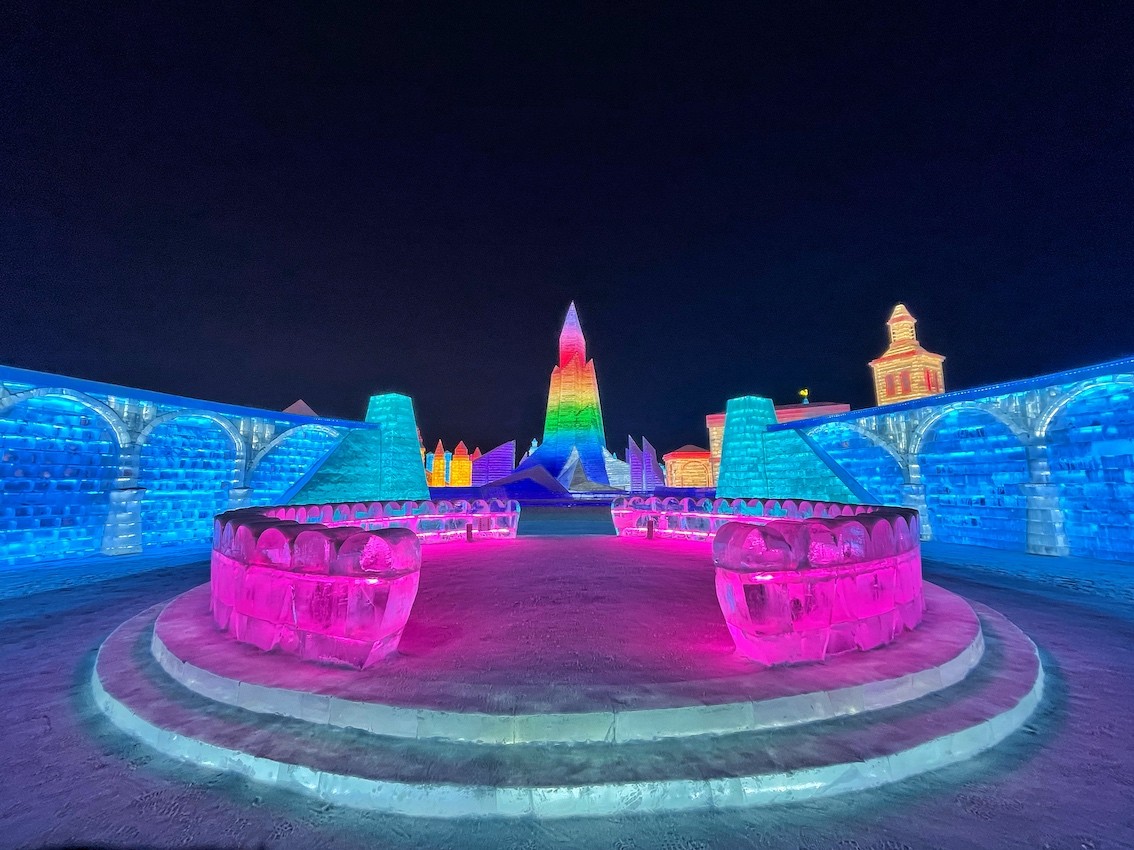
Image by Sophie Steiner/That's
Tickets must be purchased for each venue of the festival, with different prices for each location. Tickets for all three can either be purchased directly at the attraction or online. Discounts and group packages are also available.
During the festival, special buses run across the city, shepherding tourists to each venue. To save time getting around and for more privacy, try hiring a private driver, or using a ride-hailing app like Didi (滴滴).
The ice festival brings flocks of visitors to an area of the country that wouldn't normally see so much foot – er, snowboot – traffic during the coldest months of the year.
However, the spectacle is one that must be seen up close to fully appreciate its magnificence.
Saint Sophia Cathedral 哈尔滨圣索菲亚教堂

Image by Sophie Steiner/That's
Located in central Harbin along Zhongyang Dajie Pedestrian Street, Saint Sophia Cathedral is a former Russian Orthodox Church and a prime example of Neo-Byzantine architecture in China.
Founded in 1907, the cross-shaped cathedral stands at 53.3 meters tall and over 721 square meters in area. A striking green dome tops the main center hall, while four different tent roofs surround the center dome.
After periods of expansion, closure and restoration, the church now serves as an art gallery, showcasing the city’s architectural developments.
A large musical fountain sits in front of the church, providing a beautiful backdrop for photo opportunities.
The church – hailed the largest Orthodox Church in the Far East – looks especially majestic at night.
Hours: Daily, 8.30am-5pm
Admission: RMB20 (ticket sales end at 4.30pm)
Address: 88 Toulong Jie, Daoli District 道里区透笼街88号
Zhongyang Dajie Pedestrian Street 中央大街

Image by Sophie Steiner/That's
This picturesque 1.4-kilometer-long avenue is located in the old central district of Harbin. Built in 1898, it's a prime example of Baroque and Russian architecture.
The store-lined cobblestone streets are a shopper’s dream, with stores including both international and local brands. Most businesses close by 10pm.
Make sure to stop by Madieer (马迭尔冰棒) for a frozen popsicle, a major hit among visitors, even in the frigid winter months!
Address: Zhongyang Dajie (between Jingwei Jie and Stalin Park at the Songhua River), Daoli District 中央大街
Songhua River 松花江

Image via Flickr
If you’re visiting Harbin for the Ice Festival, plenty of daytime activities, such as ice skating, will be taking place on the Songhua River, which completely freezes over during the winter (November-April).
You can get to the riverside by walking from Central Street. There is also a cableway crossing the river that connects Tongjiang Square in Daoli district with Sun Island Park.
Cableway Hours: 8.30am-6pm, ticket sales end at 5.30pm
Admission: RMB50 one-way, RMB80 roundtrip, entrance to the Songhua River without the cable car is free.
Address: Songhua River Cableway (松花江观光索道), 218 Tongjiang Jie, Daoli District 道里区通江街218号, (0451) 8468 8841
Xuexiang Village 雪乡
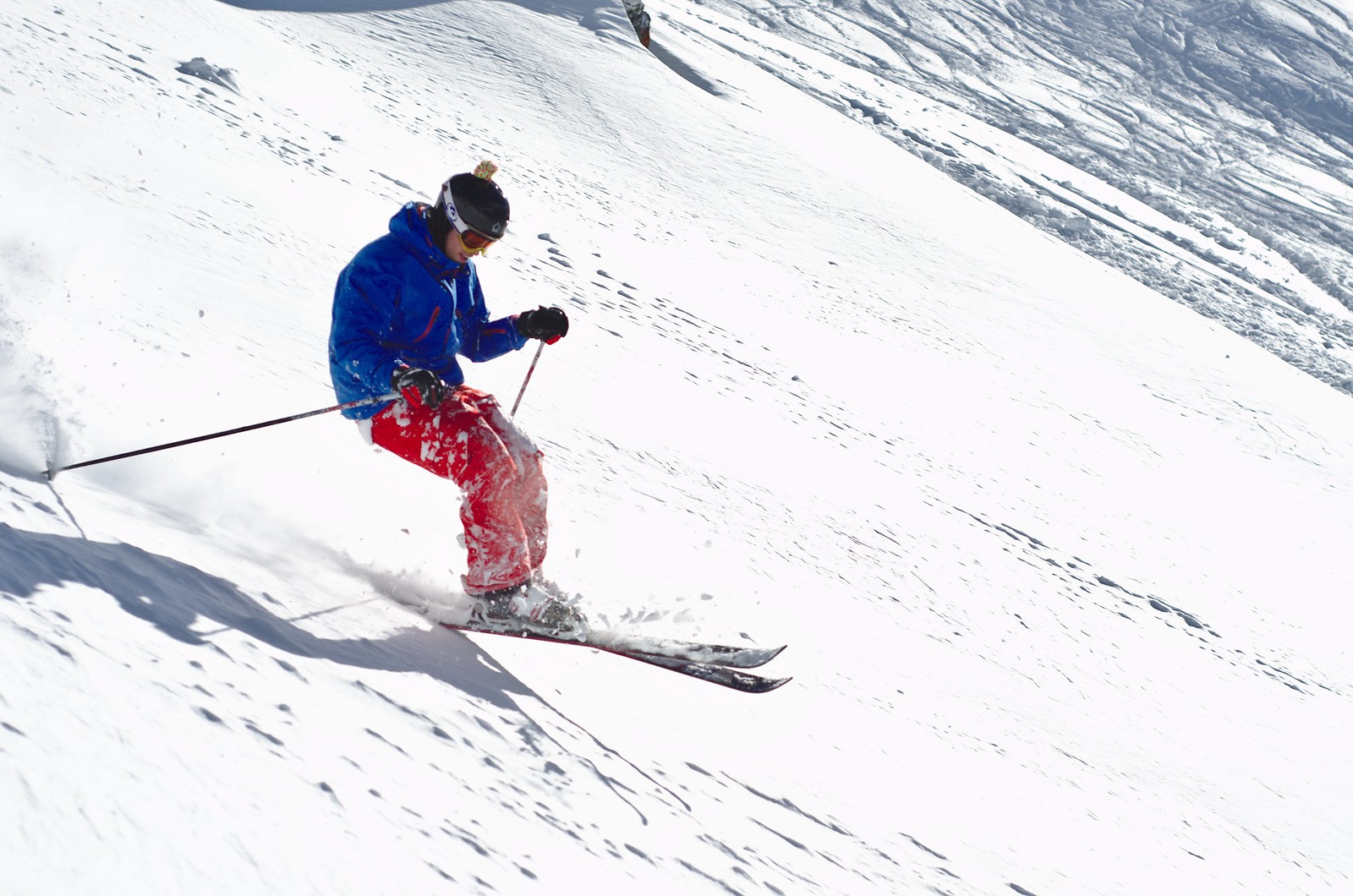
Image via Flickr
This beautiful village, aptly named “Home of Snow,” is the ideal spot for winter sports. Located 280 kilometers from Harbin, the village sits 1,500 meters above sea level.
The deep, pure white snow creates a gorgeous snowscape world that has become the backdrop for dozens of movies and TV shows.
Here, you can downhill ski, do dog and horse sledding, go snowtubing and snowmobiling, and enjoy the local performances at Dream Home.
Volga Manor 伏尔加庄园

Image via YouTube
This Russian style theme park offers a charming Russian pastoral scene in northern China.
Located one hour from Harbin’s city center, here you will find ancient castles, Russian architectural style buildings, landscaped gardens, the famous St. Nicholas Cathedral, and lots and lots of snow.
The manor itself houses a hotel, restaurant, sauna and performance center with daily dance and cultural performances at 11am and 4pm.
Dongbei-style Food
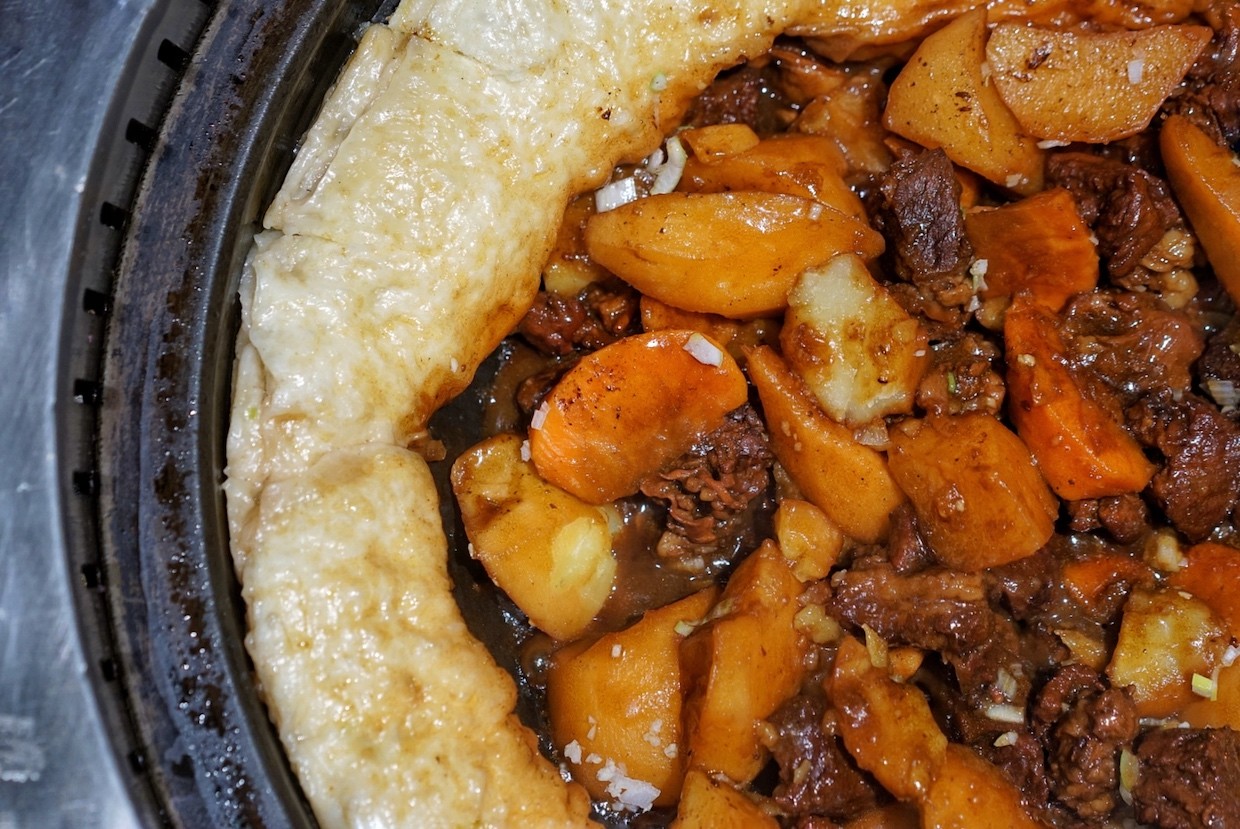
Image by Sophie Steiner/That's
Located in Dongbei region, it’s no surprise that Harbin has a variety of Dongbei restaurants.
As a 'gateway' to Chinese cuisine, Dongbei food is most similar to Chinese food in North America – minimal spice, heavier on the meat, many fried dishes, and a variety of pickled veggies.
Our favorite Dongbei restaurants in Harbin include Lao Chujia (老厨家) for Dongbei fare and Dongfang Jiaozi Wang (东方饺子王) for dumplings.
Liangpi 凉皮
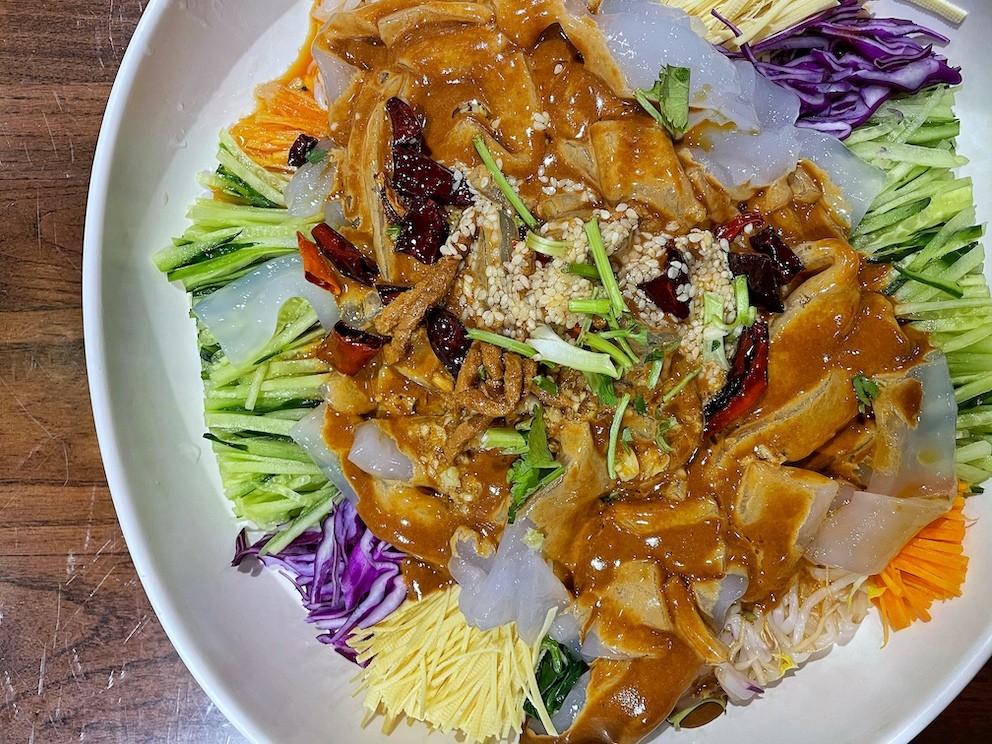
Image by Sophie Steiner/That's
These ‘cold skin’ noodles can be found all around China, but the Harbin version has its own special twist.
Clear and velvety, almost like jello, the noodles are smothered in a thick sesame paste and served with julienned cucumbers, carrots, tofu skin, cabbage, greens and chilis for a full flavor and full color vegetarian dish.
Guobaorou 锅包肉
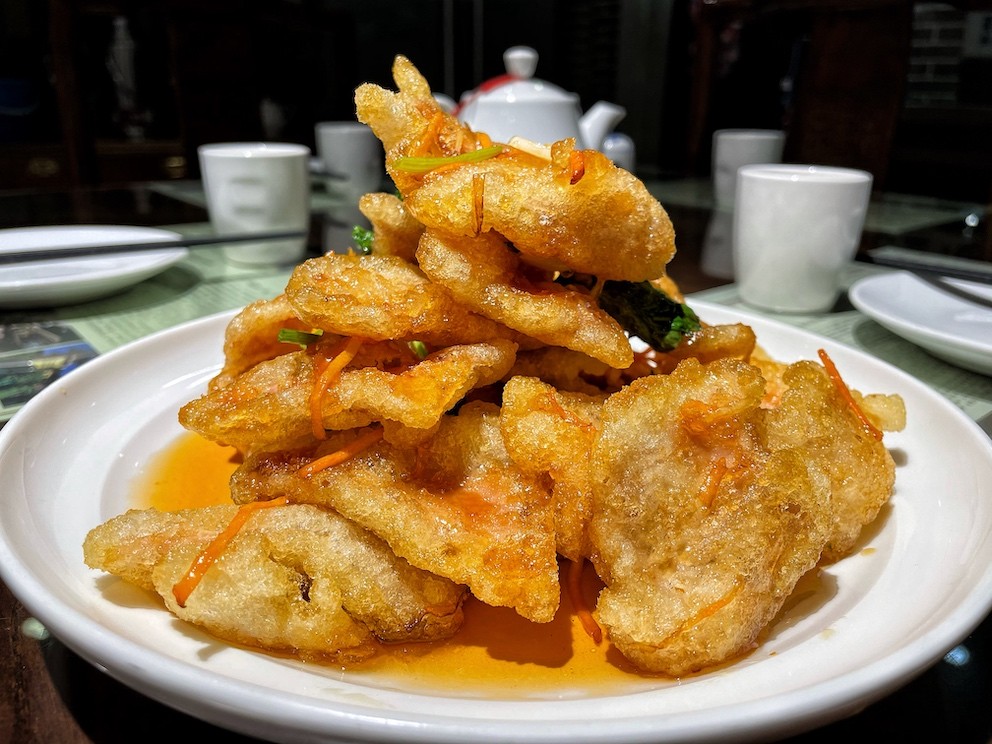
Image by Sophie Steiner/That's
Guobaorou, or sweet and sour pork, is another Dongbei classic. Sliced pork is breaded and fried before being smothered in a sticky sweet and sour sauce made from a mix of sugar and aromatic vinegar.
Crispy and tangy, each bite is more enticing than the last.
Boiled Dumplings 水饺

Image by Sophie Steiner/That's
Almost every restaurant in the city offers dumplings of all varieties, the most famous of which in Dongbei are boiled.
Fillings range from beef to pork and cabbage, from mushroom and chicken to egg and spring onion.
If you’re craving extra crisp, potstickers are usually available as well.
Dumplings are best enjoyed dipped in a sauce made of dark vinegar, soy sauce, garlic and chili oil.
Smoked Red Sausage 红肠

Image by Sophie Steiner/That's
First made by a Lithuanian employee in the Churin Sausage Factory in 1909, Harbin’s smoked and savory red sausage has a milder and more Eastern European flavor when compared to its Chinese counterparts.
Usually made from ground meat with salt and spices, the fragrant sausage can be eaten directly without cooking – on its own or with bread and vegetables.
These sausages can be found at most restaurants and sold by street vendors along Zhongyang Pedestrian Street.
Russian Cuisine
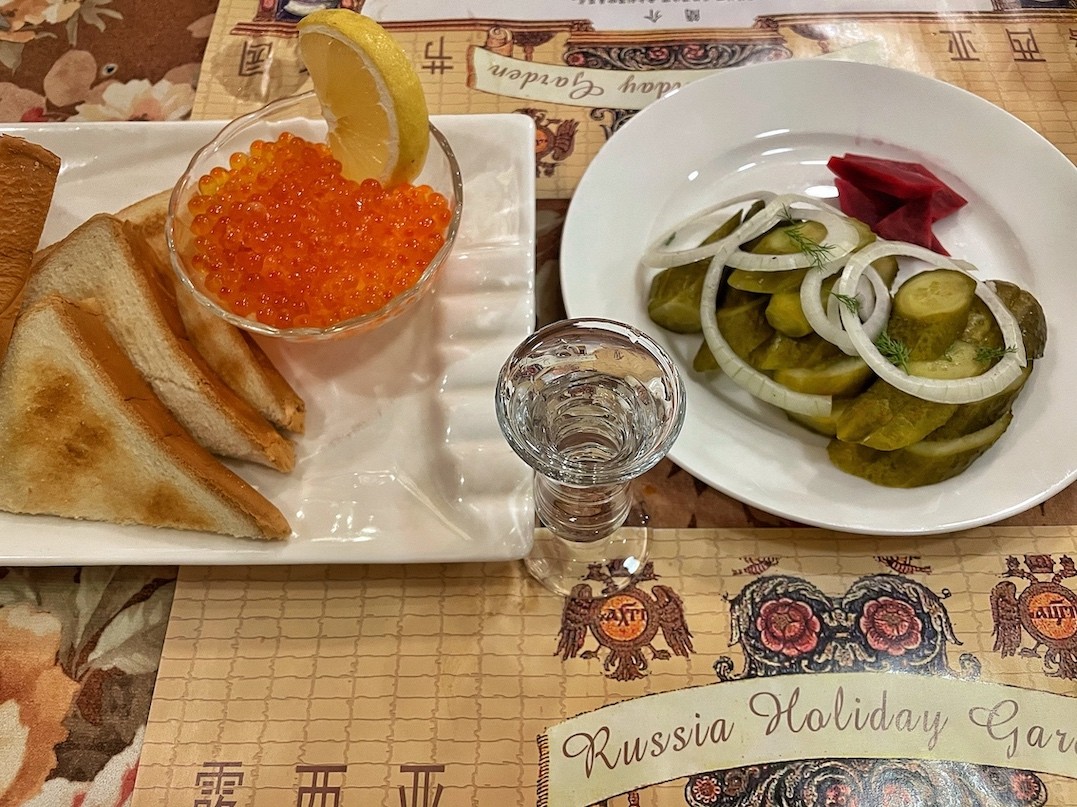
Image by Sophie Steiner/That's

Image by Sophie Steiner/That's
Harbin is chock-full of restaurants featuring food from Mother Russia. Think bellinis with caviar, borscht, beef stroganoff and fruit pizza, to name a few.
We suggest trying Russian food at Pectopan (金色时光西餐厅), Lucia (露西亚西餐厅), Madieer (马迭尔餐厅) or Portman Western Style Restaurant (波特曼西餐厅).
We guarantee there will be no shortage of meat and potatoes – hearty food to keep you warm in the cold.
Dalieba 大列巴

Image by Sophie Steiner/That's
Also known as ‘big bread,’ dalieba is a round sourdough loaf weighing up to 2.5 kilograms.
Dalieba is savory in flavor, rather than sweet like many Chinese loaves, with a crustier outer casing and fluffy inside.
The bread’s origins can be traced back to Harbin’s historical ties with Russia, when it was a stop on the trans-Siberian railway and a former Russian trading post, as well as a haven for Russian immigrants during the Russian Revolution.
This bread can be found at most restaurants and sold by street vendors along Zhongyang Pedestrian Street.
[Cover image by Sophie Steiner]





















0 User Comments